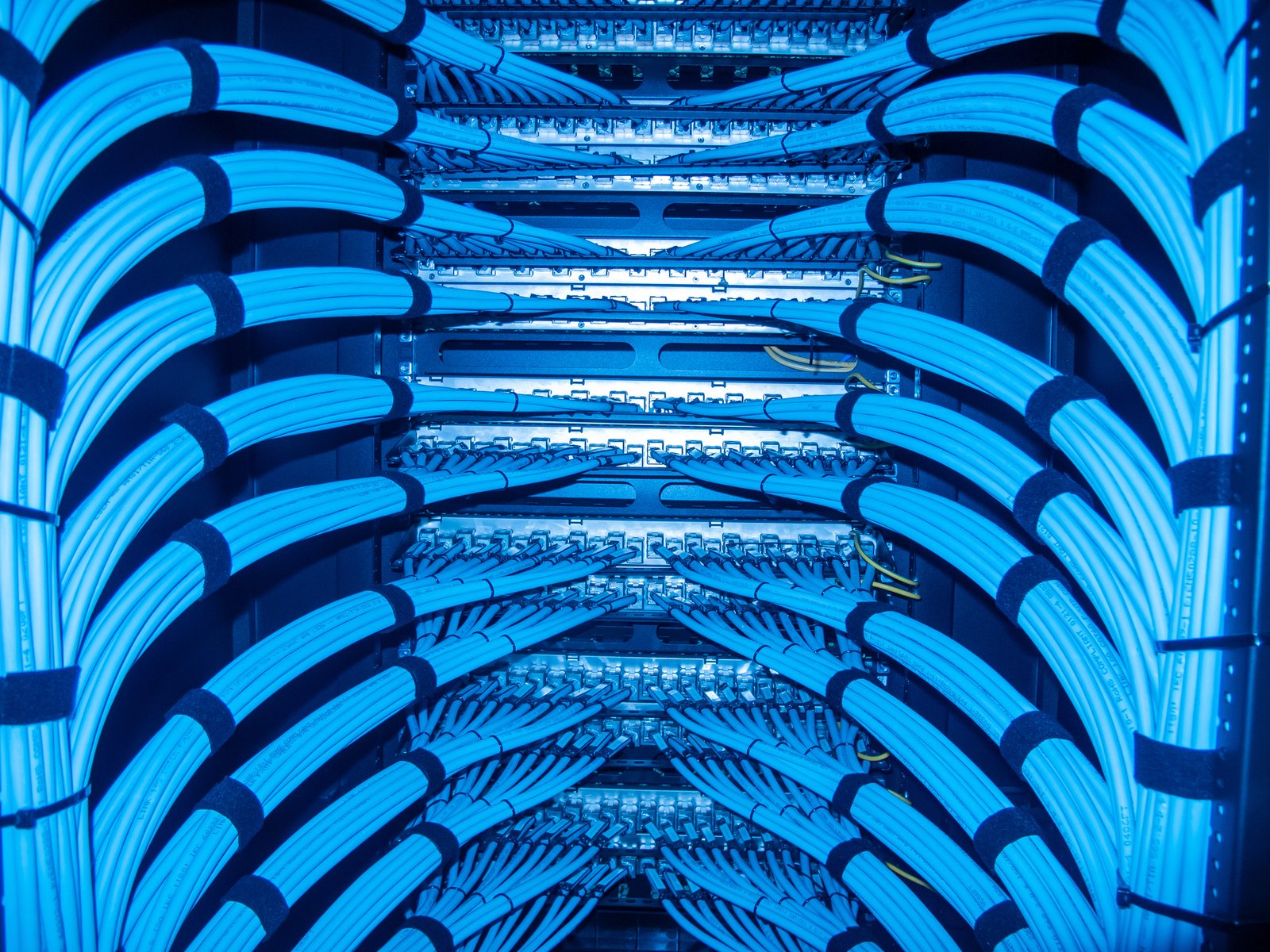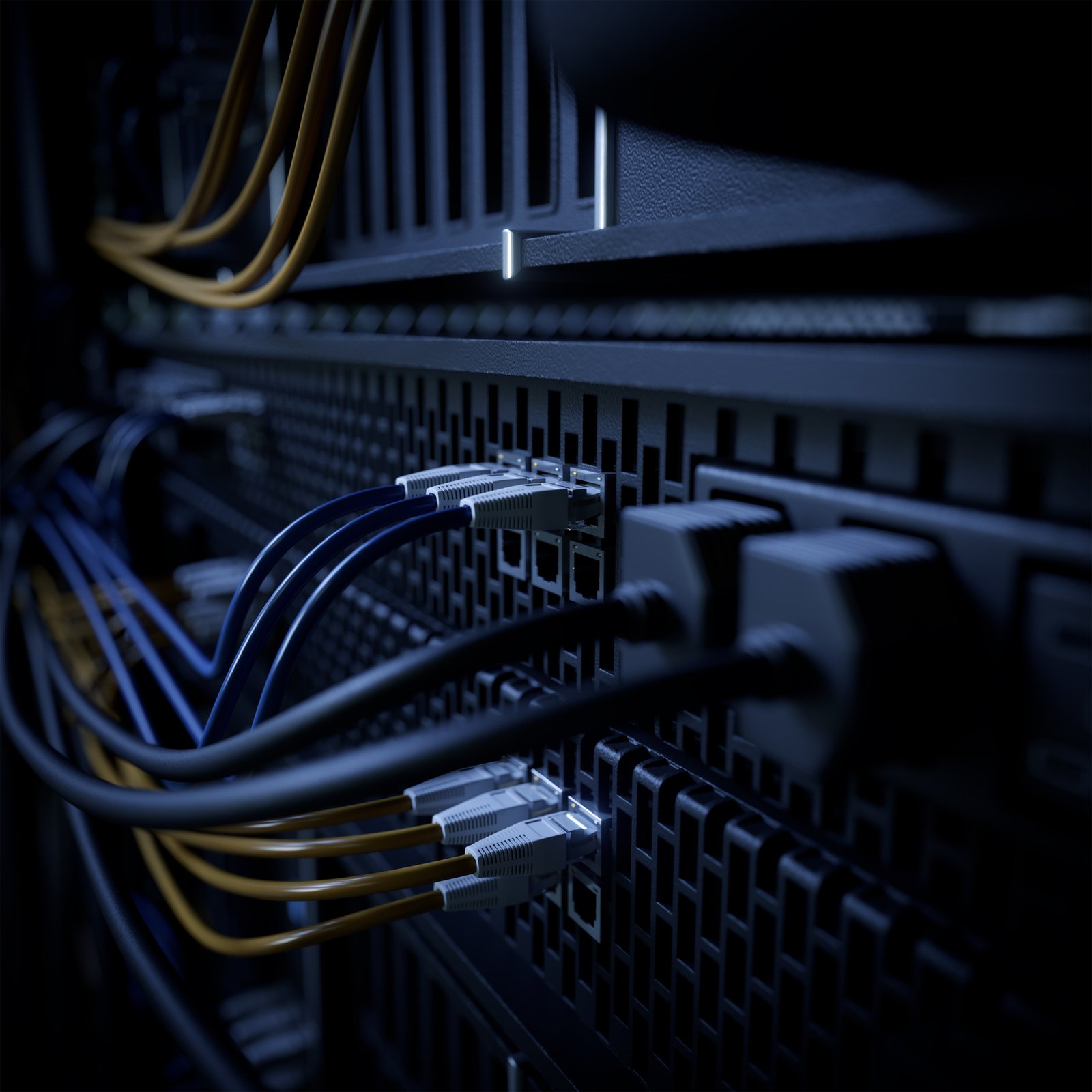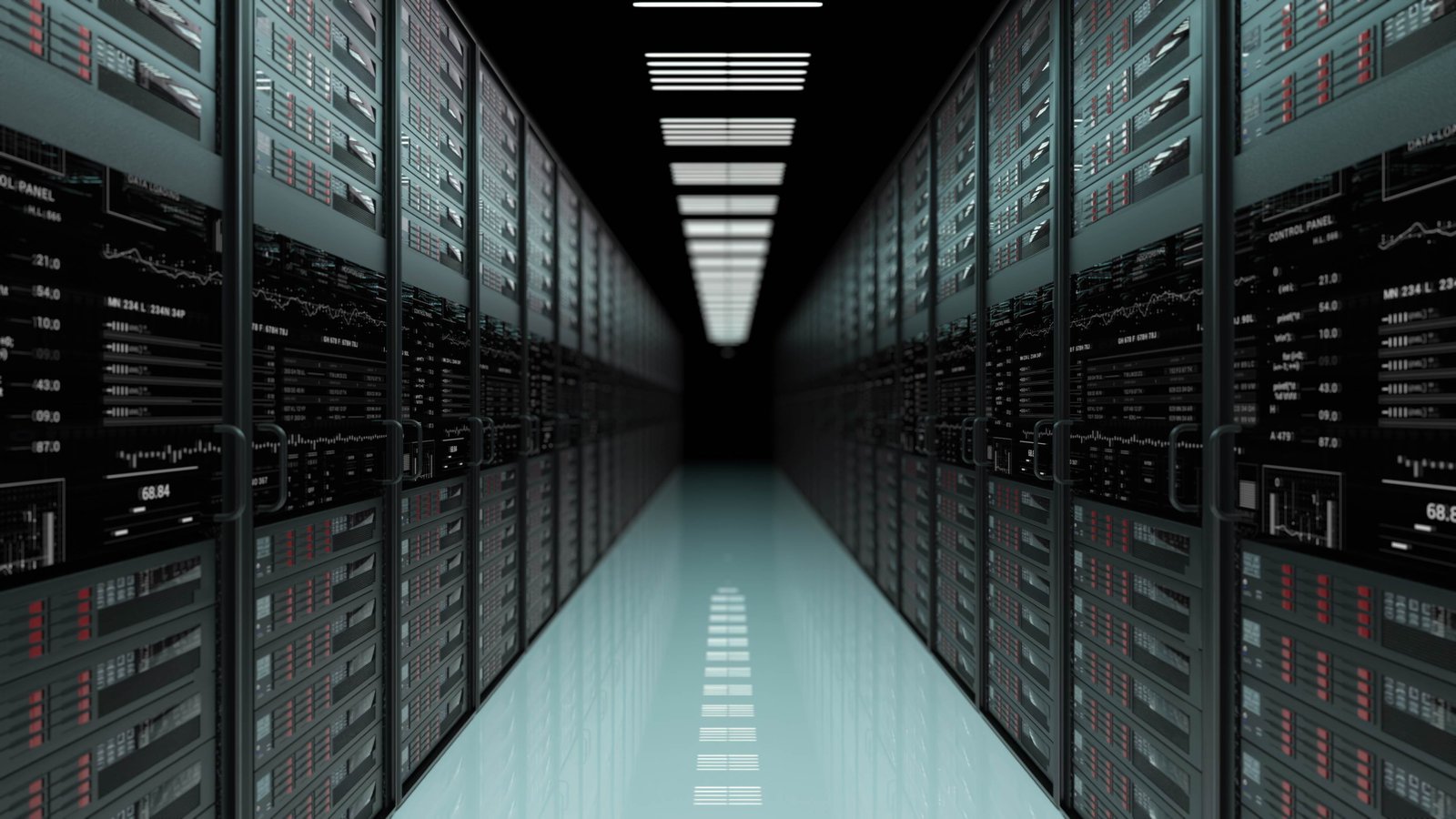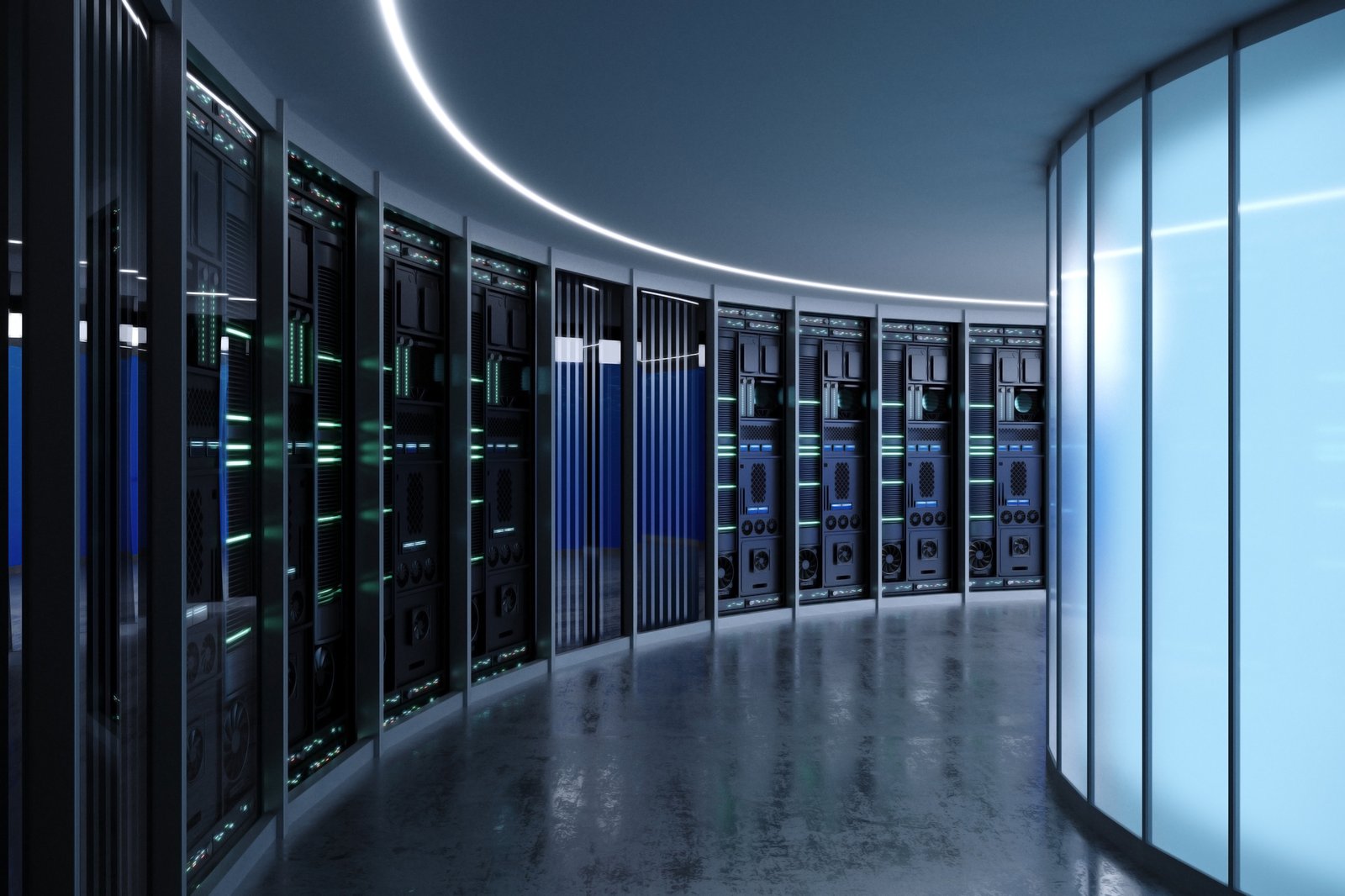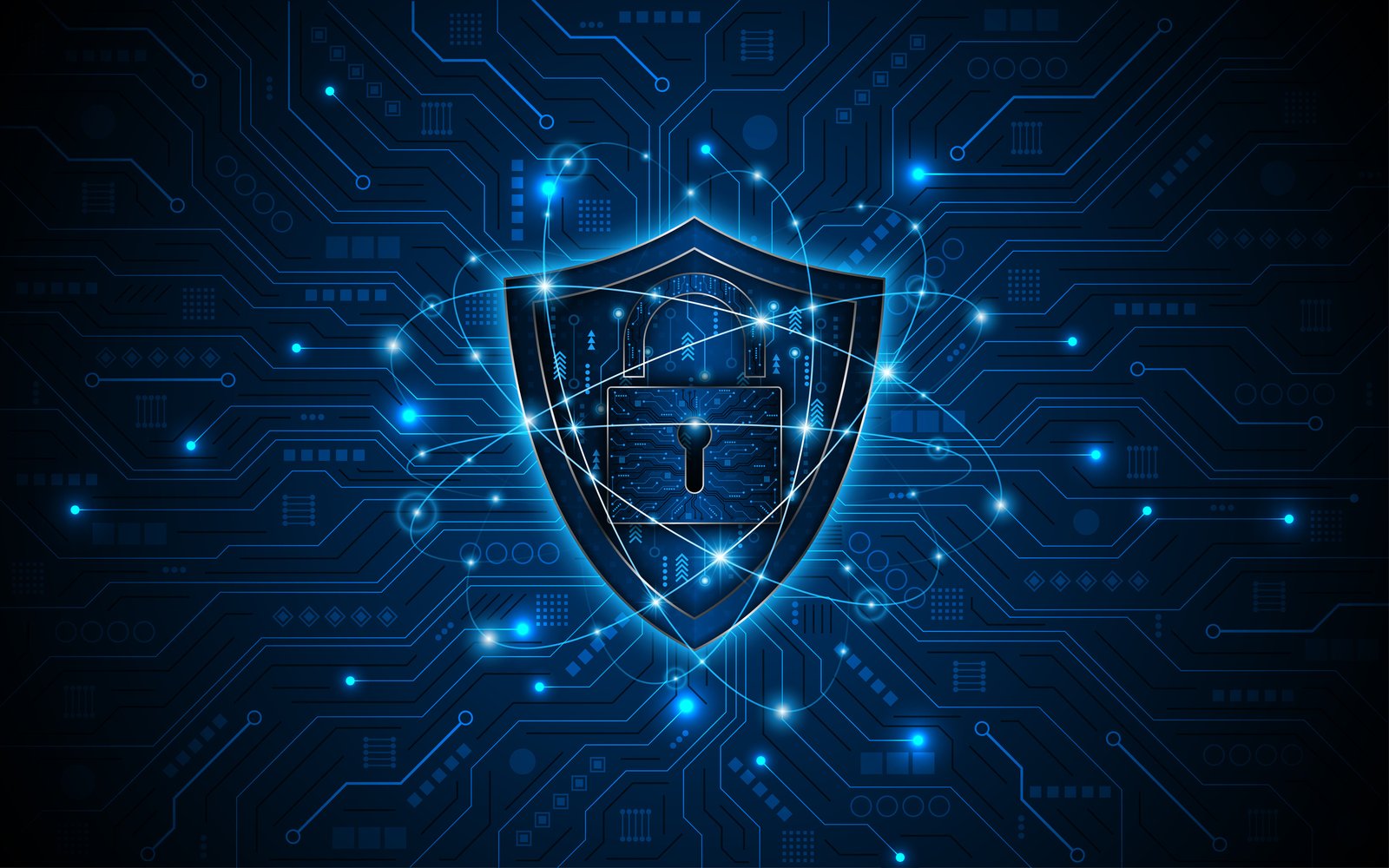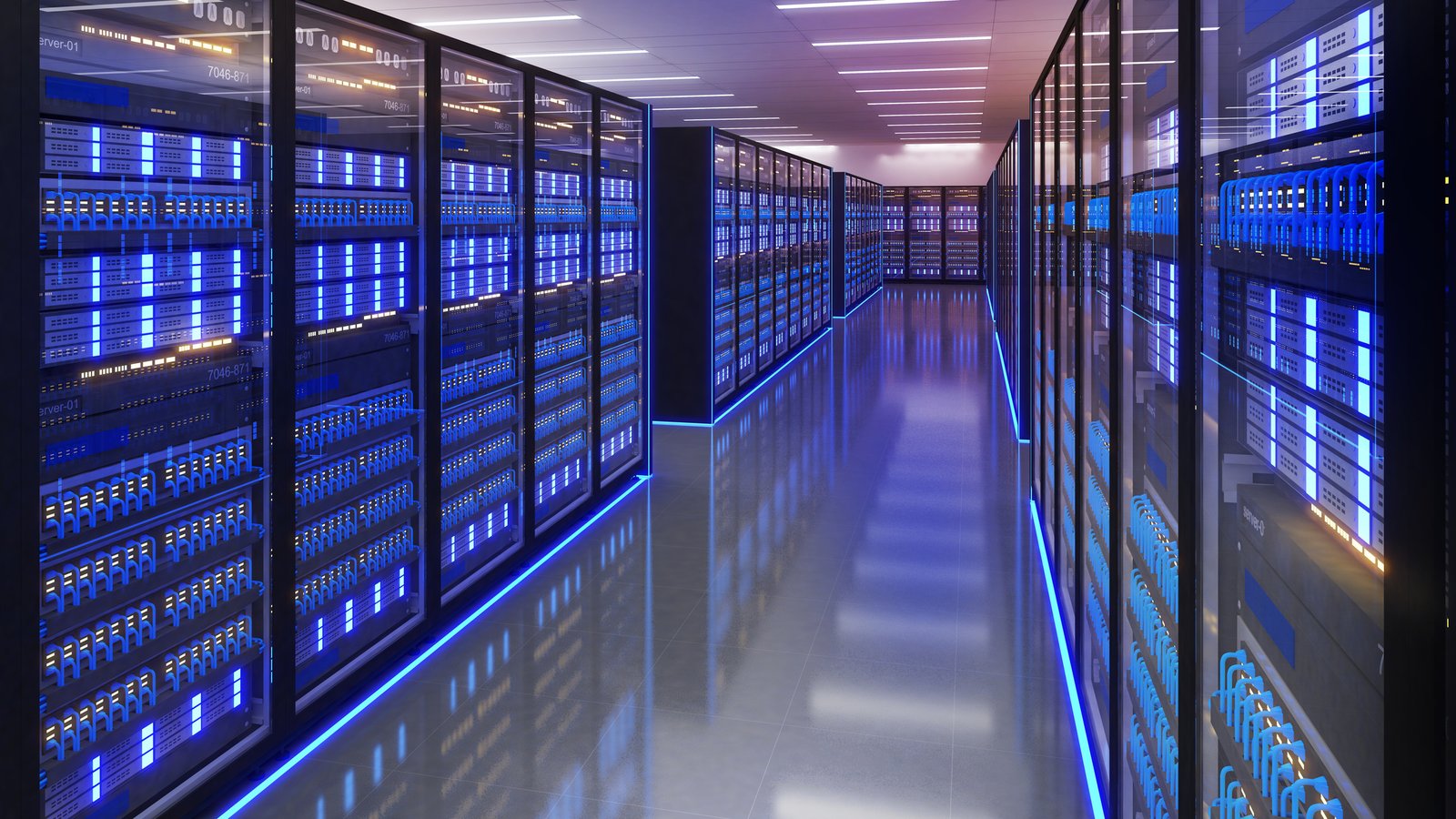Improving data center security through fiber network design is more crucial than ever as the physical and cyber threat matrix alarmingly increases.
“The costs associated with data breaches aren’t just about fixing the security hole,” said the National Cybersecurity Alliance in August 2024. “Businesses hemorrhage money due to system downtime, losing customers, and damaging their reputation. They also spend big on setting up call centers, providing credit monitoring services, and paying regulatory fines. This year, these lost business and response costs totaled a whopping $2.8 million per breach, the highest in the last six years.”
The criminals launching attacks on data centers are becoming more and more sophisticated with an AI-enhanced malicious tool bag that includes everything from malware to ransomware to denial-of-service (DDoS) attacks to insider threats.
“Cybercriminals are leveraging publicly available and custom-made AI tools to orchestrate highly targeted phishing campaigns, exploiting the trust of individuals and organizations alike,” warned the FBI last year.
By implementing strategic fiber optic solutions, data centers can enhance their security, resilience, and overall performance.
The Critical Importance of Data Center Security
As data centers continue to serve as the backbone of modern business operations, ensuring their security becomes increasingly critical for maintaining operational efficiency and protecting sensitive information.
The nonprofit Identity Theft Resource Center found in its 2024 Data Breach Report:
- 3,158 total compromises including 2,850 data breaches.
- Those data breaches resulted in 1.35 billion victim notices – a year-over-year increase of 211 percent.
- The types of information exposed in data compromises, including data breaches, skewed toward sensitive information with a renewed focus on financial information along with a continued increase in driver’s license and health information.
- While phishing, ransomware, and malware make the headlines, other attack vectors included:
o Non-secured cloud environment.
o Unpatched software flaw.
o Zero Day attack.
o Failure to configure cloud security.
o Misconfigured firewall.
o Physical attacks
The report concluded that “better cyber practices and requirements could prevent many data compromises.”
Understanding Fiber Network Design in Data Centers
Fiber network design is in the spotlight as the demand for data storage and processing grows exponentially almost daily.
Fiber optic cables and other infrastructure are called upon for high-speed, reliable, and secure data transmission.
Let's explore the core components of fiber network design and their roles in data centers:
- Fiber Optic Cables: These are the primary medium for data transmission in data centers.
- Cable Jacket: Protects the fiber from environmental factors.
- Transceivers: These devices convert electrical signals to optical signals and vice versa, enabling efficient data transfer between devices.
- Switches: Both Ethernet and optical switches manage data traffic intelligently, minimizing bottlenecks and ensuring smooth data flow within the data center.
- Structured Cabling Systems: These provide a modular infrastructure that allows for easy expansion and reconfiguration as data center requirements evolve.
- Cable Management Systems: These organize cable routing, reduce clutter, and enhance airflow for better cooling.
The role of fiber network design in data centers is multifaceted: - High Bandwidth Capacity: Fiber optic cables transmit data through light pulses, offering substantially higher bandwidth compared to copper cables.
- Low Latency: Fiber optic systems can reduce latency, ensuring swift and reliable data transmission.
- Scalability: Fiber networks support incremental upgrades and expansions without significant overhauls, allowing data centers to adapt to evolving technological demands.
- Future-Proofing: By implementing fiber optic technology, data centers can prepare for future bandwidth demands without triggering major upgrades.
- Integration with Advanced Architectures: Fiber optic cables seamlessly integrate with emerging data center architectures, such as leaf-spine networks and software-defined networking (SDN).
By leveraging these components and characteristics, fiber network design enables data centers to meet the increasing demands for speed, reliability, and security in today's digital-first world.
Redundancy and Diversity: The Cornerstones of Security
Fiber optic cable redundancy and diversity are essential components of a secure data center design.
- Redundancy: Fiber optic cable redundancy involves using multiple fiber optic cables to connect critical data center components, such as servers and storage units.
- Diversity: Fiber optic cable diversity goes beyond redundancy. It involves routing fiber optic cables along separate paths, physically separated from each other.
Fiber optic redundancy approach ensures continuous operation even if one cable fails, minimizing downtime and data loss.
The risk of a single point of failure is mitigated by fiber optic diversity, thus ensuring business continuity.
In action, fiber optic redundancy and diversity can include:
- Utilize a Fiber Distributed Data Interface (FDDI) network configuration. In this setup, a primary fiber ring carries information in one direction while a secondary ring distributes it in the opposite direction. If a cable break occurs, data can be accepted on the primary link and transmitted on the secondary link, maintaining network functionality.
- Implement a 2N redundancy model where the data center has twice the amount of fiber optic equipment and infrastructure needed for normal operations.
- Implement diverse routing by running one cable through an overhead conduit and another through an underground conduit.
- Utilize entrance diversity by creating secondary connections to enter a building.
“While most businesses understand how to build redundancy with switching to ensure data paths, they should also consider users and networking applications, such as load balancing, content filtering and firewalls,” data center analyst John Fruehe told TechTarget. “No single technology or capability will ensure network resilience and [business continuity]. The most important step is to plan and understand the physical network and all the data paths.”
Advanced Security Measures
Not all attacks are from afar, as data centers must remain vigilant against physical attacks, too.
Data Center Frontier’s white paper released in January 2025 says that “the increasing adoption of digitization, artificial intelligence (AI), and cloud technologies has driven higher demand for hyperscale and colocation data centers. As these facilities expand rapidly through mergers, acquisitions, and new constructions, ensuring robust physical security becomes essential.”
To further bolster data center security, consider implementing these advanced measures:
- Biometric Scanning: Replace traditional entry codes and cards with biometric scanning at access points. Biometric scanning uses technology to analyze unique physical characteristics such as fingerprints, facial features, and iris patterns to verify the identity of individuals attempting to access sensitive areas.
- Cage-Level Security: Implement security measures at each access point within the data hall. Cages can provide a final layer of defense to prevent unauthorized access to cabinets of servers and other sensitive infrastructure.
- Private Networks: Ensure the flow of information occurs on a private network, such as dark fiber. Private networks create a secure, separate environment for sensitive data, preventing unauthorized access from the public internet or other external networks.
- Hard Pipe Conduits: Use hard pipe conduits directly to Meet-Me-Rooms (MMRs) for data cabling. Often made of materials such as galvanized steel or fiberglass, these rigid conduits are difficult to tamper with, contributing to overall data center security.
Other advanced data center security measures can include CCTV systems, perimeter security, intrusion detection, and trained security personnel.
Best Practices for Secure Fiber Network Design
If you follow these best practices, you can help secure your data center:
- Conduct Regular Security Audits: Identify and address vulnerabilities in your fiber optic infrastructure.
- Implement Layered Security: Combine physical security, access controls, and network security measures.
- Use High-Quality Fiber Optic Cabling: Modern fiber optic solutions are designed to resist tampering and physical breaches.
- Optimize Fiber Performance and Maintenance: Use proper cable management systems, clearly label cables for easy identification and troubleshooting, maintain bend radius specifications, and conduct routine tests to ensure cables meet required performance levels.
- Design Redundant Networks: Create multiple cable paths to minimize downtime due to cable failures.
- Partner with Experts: Collaborate with trusted fiber optic solution providers such as Hexatronic Data Center for design, installation, and maintenance.
Plan for the Future: Partner with Hexatronic Data Center
A secure fiber network design should also account for future growth and technological advancements.
Select cables with higher bandwidth capabilities to accommodate increasing data rates, and plan for additional cable pathways to support expansion.
Remember, modular components can easily be upgraded or replaced as your business needs evolve.
By implementing the strategies above, data centers can significantly improve their security posture through intelligent fiber network design.
This approach not only protects against current threats but also positions the data center for future challenges and opportunities in the rapidly changing digital landscape.
Partner with Hexatronic Data Center for essential services and infrastructure for your data center. Contact us today to learn how our structured cable solutions can help secure and sustain your fiber network.


